Can cannabis be an all-natural and effective option for pain management? Learn about the role of cannabinoids like CBD and THC, their interaction with the endocannabinoid system, and how you can manipulate them to suit your needs. Empower yourself with the knowledge to take control of your well-being by exploring the benefits today.

Table of Contents
- Article Features
- Why You Will Love This Guide
- Pain Management
- Cannabis vs. Traditional Medication
- The Endocannabinoid System
- Pick A Cannabinoid
- Application Methods
- Types of Cannabis Strains
- Finding The Right Dose
- Considerations Before Starting
- Get High-Quality Cannabis Products
- Frequently Asked Questions
- Conclusion
- More Articles You Will Love
Article Features
- The role of both CBD and THC
- Understanding the endocannabinoid system
- Want to make it easy? Shop with me and buy high-quality cannabis products for personalized relief – now shipping across the United States!

Why You Will Love This Guide
If you’re currently living with unrelenting pain, let me first say I am so sorry; I know you are tired and weary and are desperate for a solution that works.
That is why, when it comes to managing chronic pain, many people are turning to the cannabis plant to find relief.
In fact, it is the most common reason members of my Well With Cannabis Community report turning to cannabis in the first place.
Whether it be medical or recreational use, cannabis has the ability to tackle different types of discomfort, making it an attractive choice for those looking for a more holistic approach.
Beyond pain, it is believed that cannabis could help decrease anxiety, improve sleep, improve nutrition, and lead to a healthier lifestyle and better quality of life.
If you are silently screaming inside – “Yes, I need all of this!” – rest assured you are in the right place.
Whether you’re suffering from headaches, dealing with inflammation, have had an accident, or are dealing with something even bigger, you can learn how to change your lifestyle to feel better quickly.
We will explore the endocannabinoid system, different cannabinoids, application methods, strains, dosages, and other considerations before getting started.
Pain Management
Cannabis and pain management have become a hot topic in recent years.
Although cannabis has been used medicinally for centuries, people are just starting to wake up to the huge range of potential benefits, especially those suffering from chronic pain.
Members of my Well With Cannabis Community report they are using cannabis to help with the following conditions:
- Back injury
- Chronic pain
- Arthritis pain
- Migraine pain
- Crohn’s disease
- Eagle Syndrome
- Neuropathic pain
- Spinal cord injury
- Sjogren’s syndrome
- Visceral hyperalgesia
- Recovery after surgery
- Pain associated with autoimmune disease
While these reports are anecdotal, they are a testament to the versatility and functionality of experimenting with cannabis.
Next, we will explore the endocannabinoid system and how the active ingredients in cannabis, THC, and CBD, interact with our receptors.
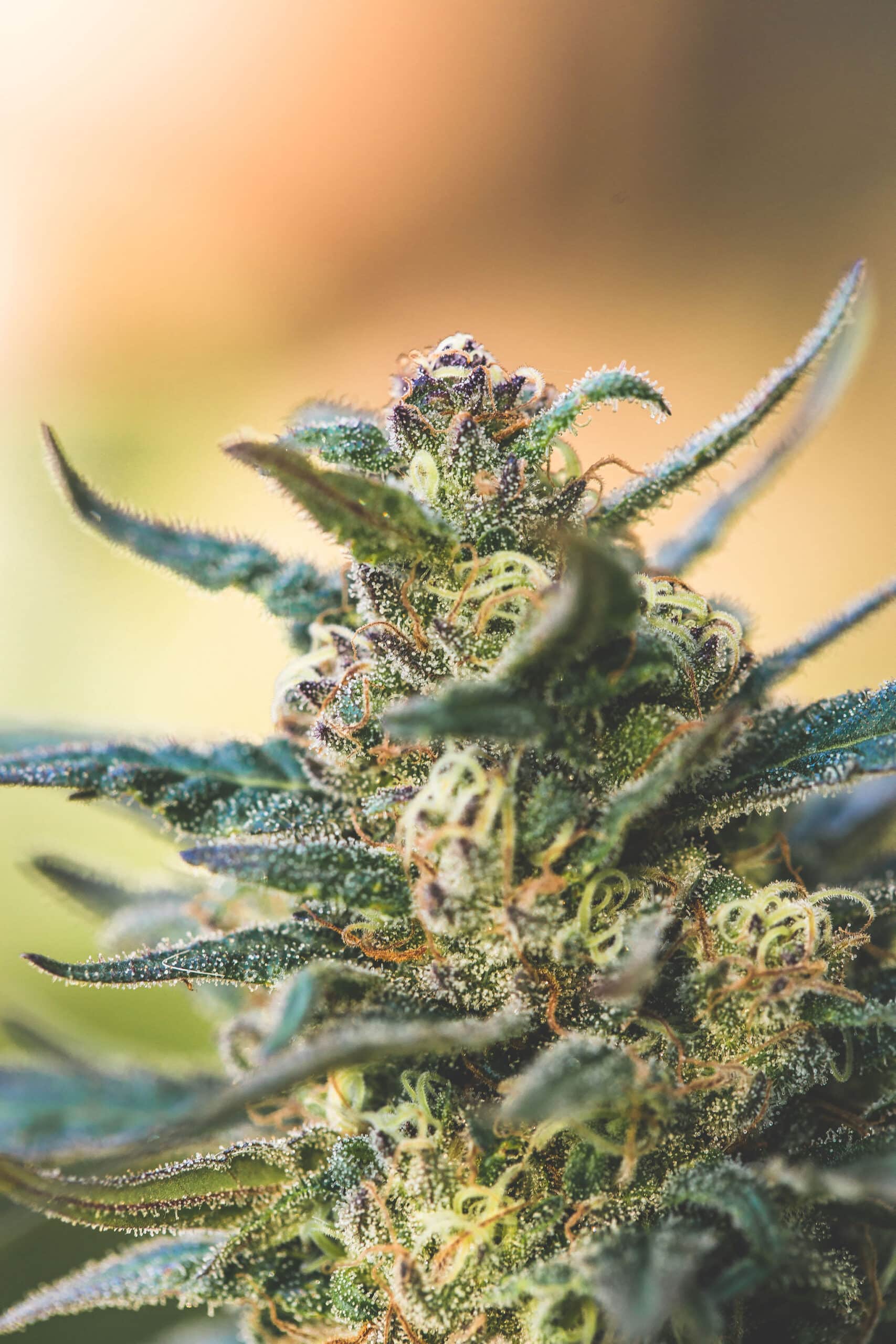
Cannabis vs. Traditional Medication
I’ve said it before, and I’ll say it again, if you are happy with your current prescription treatment, I am happy for you, and you should keep doing what you are doing.
Cannabis does not have to be an either-or option.
The goal is to find a regimen that works and makes you feel your best, regardless of what that looks like to anybody else.
However, many people are unhappy with their current pain prescription treatment. If that is you, keep reading.
One of the biggest advantages of using cannabis is its relatively mild and less dangerous side effects compared to traditional medications.
Opioids, often prescribed for chronic pain, can lead to brain fog, mood changes, and severe constipation, not to mention the risk of developing an addiction or, worse, an overdose3.
Even mild, traditional over-the-counter medications like nonsteroidal anti-inflammatory drugs (NSAIDs) may cause gastrointestinal issues, kidney damage, and an increased risk of heart problems4.
In contrast, the general use of cannabis has very few side effects, which are generally more manageable, less severe, and not chronic5.
Some common side effects include dry mouth, dizziness, and short-term memory impairment.
Moreover, the risk of addiction and overdose with cannabis is virtually non-existent compared to prescription pain medications6.
By opting for cannabis as an alternative treatment, many people can experience relief with fewer risks and milder side effects compared to traditional pain medications.
The Endocannabinoid System
The effectiveness of cannabis for pain can be largely attributed to its interaction with the endocannabinoid system (ECS), a complex cell-signaling system present in our bodies.
The ECS plays a critical role in maintaining homeostasis, or balance, within our bodies.
It influences various physiological functions such as mood, appetite, sleep, and immune response.
It also plays a significant part in regulating pain perception and inflammation7.
When you consume cannabis, cannabinoids like CBD and THC interact with the cannabinoid receptors of the system.
This interaction helps alleviate discomfort and promote a sense of overall well-being.
By harnessing the power of the endocannabinoid system, we can begin to understand how cannabis offers a natural and effective approach to improving your quality of life.

Pick A Cannabinoid
Cannabinoids, found in the trichomes of the plant, play a potential role in providing pain relief.
The two most well-known cannabinoids are cannabidiol (CBD) and tetrahydrocannabinol (THC).
CBD is non-psychoactive, meaning it does not produce the “high” associated with cannabis use.
It has been shown to help alleviate inflammation, reduce anxiety, and even ease neuropathic pain – making it an ideal option for those seeking relief without intoxicating effects1.
On the other hand, THC is the primary psychoactive compound in cannabis, is responsible for the plant’s intoxicating properties.
It has potent anti-pain and anti-inflammatory effects, making it particularly effective in treating chronic pain, muscle spasms, and migraines2.
Some individuals find that combining CBD and THC can provide a balanced and synergistic approach to pain relief, known as the entourage effect.
Just be careful to avoid synthetic cannabinoids, such as delta-8 THC, which have been blamed for making people feel worse, not better.
By understanding the distinct properties of these cannabinoids, you can tailor your cannabis consumption to target specific types of pain and achieve the most effective relief possible.

Application Methods
Cannabis can be consumed in various ways to relieve pain, depending on your preferences and needs.
Edibles, such as gummies or brownies, provide a discreet and controlled method of consumption, with effects typically lasting longer than other methods.
While they take longer to kick in, the longer duration time is ideal for many people experiencing chronic pain.
Topicals, like creams and balms, can be applied directly to the skin, targeting localized pain and inflammation without causing any psychoactive effects.
Smoking or vaping cannabis offers rapid effects, making it suitable for those seeking immediate relief.
Tinctures are another option, which can be taken sublingually under the tongue or added to food and beverages, providing an easily adjustable dosage.
No matter the chosen method, starting with a low dose and gradually increasing it according to your body’s response is essential.
Following the microdosing method is a great way to start if you are new to cannabis.
Ultimately, many people decide to combine these different methods to achieve their desired result. I often see people combining the inhalation method for immediate relief with edible consumption for long-term relief.
By exploring different application methods, you can find the most suitable way to incorporate cannabis into your pain management routine, improving your overall quality of life.
Types of Cannabis Strains
There has been an increase in research and development of specific cannabis strains that can help alleviate pain.
Different strains of cannabis have varying levels of cannabinoids, which are the compounds responsible for the plant’s therapeutic effects, and terpenes, which have their own therapeutic properties.
For example, Indica strains typically have higher levels of THC, which is known for its pain-relieving properties, while Sativa strains have higher levels of CBD, which can help with inflammation and anxiety.
Additionally, hybrid strains combine the best of both worlds and can offer a personalized approach to pain management.
As with any medication, cannabis will affect each person very differently; what works for one person may not work for another, but knowing about the different strains available can be helpful in finding what works best for you.

Finding The Right Dose
When it comes to determining the best dosage for your needs, there are a few things you should consider.
First, you need to assess your individual needs and clearly define a goal that’s appropriate for you and your cannabis journey.
If you’re new to cannabis, it is always recommended to start with a low dosage and gradually increase as needed.
The point of a slow, methodical approach is to allow your body to adjust and ensure you’re not taking more than necessary.
If you need help determining your initial dosages for each cannabinoid, check out my microdosing guide.
Remember to always listen to your body and pay attention to any physical or emotional changes you may notice. Using a cannabis journal can help you track and repeat your progress.
With a little patience and experimentation, you will eventually find a dosage that meets your needs and helps you achieve your health goals.
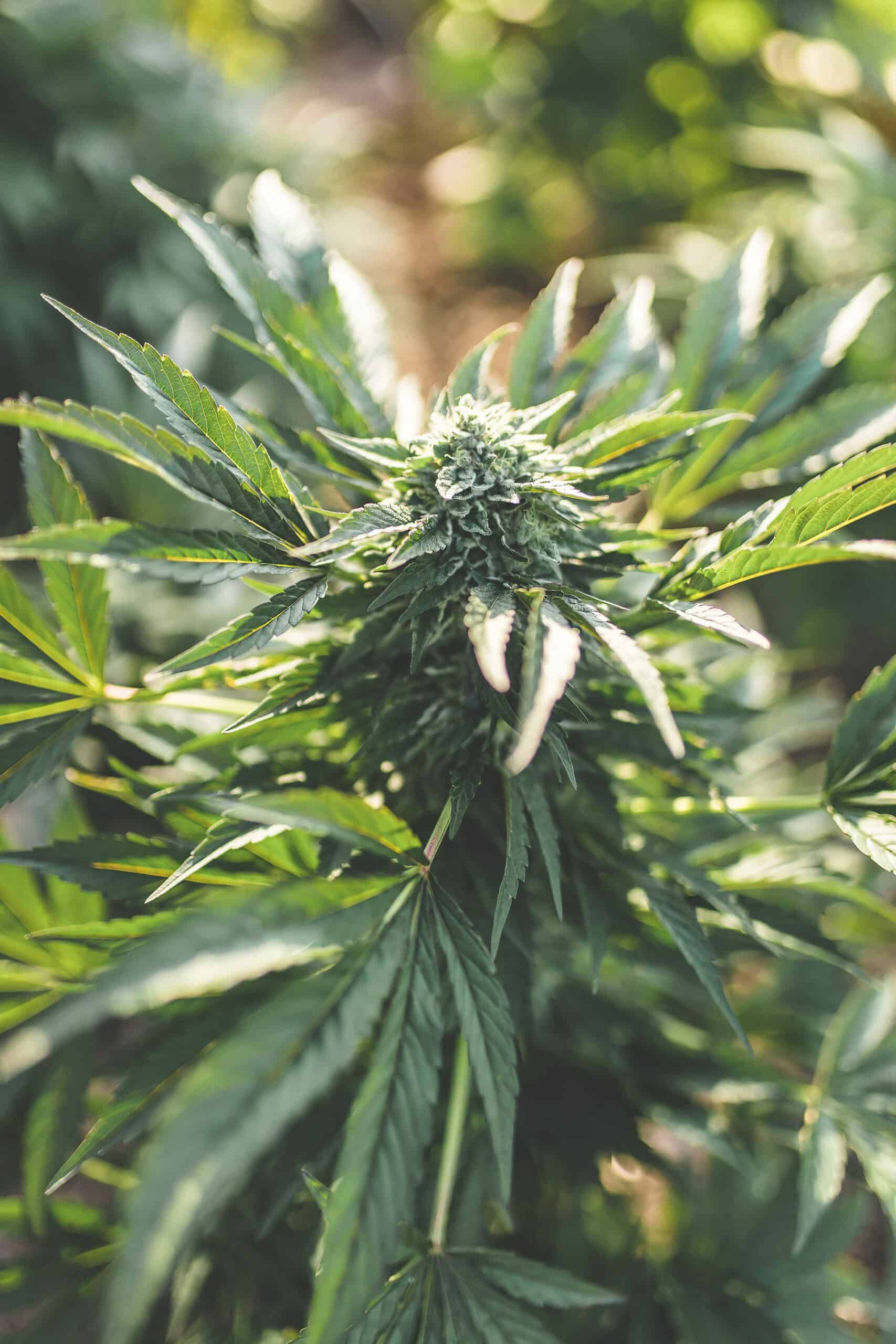
Considerations Before Starting
If you’re considering cannabis as a potential solution for your chronic pain, it’s important to understand what you’re getting into and the other health effects associated with cannabis use.
Cannabis may offer some relief, but it’s not a one-size-fits-all solution. It is not an end-all-be-all pain control solution for some people.
You will also need to do your research and understand the legal implications of using cannabis in your state or country.
You may even need a medical card in some states, but you can always shop with me and get high-quality cannabis products delivered straight to your door.
With the guidance provided here and a little bit of patience, cannabis may be a great option for managing your chronic pain.
Get High-Quality Cannabis Products
If you’re seeking effective pain relief through cannabis, look no further than my online cannabis shop.
I am committed to providing my readers with a wide range of high-quality products tailored to your unique needs and preferences.
You can browse through my carefully curated selection of strains, edibles, topicals, tinctures, and more, each designed to help you achieve the relief you deserve.
Shop from the comfort of your own home with ease, with detailed product descriptions and expert recommendations to ensure you find the perfect match for your pain management needs.
Additionally, my helpful team is always available to answer any questions and guide you through the process, ensuring a stress-free experience from start to finish.
When you shop with me, you can be confident that you’re getting safe, premium-quality products to help you on your journey toward improved well-being and pain-free living.
Shop My Most Popular Products
Shop with Emily
Shop Now: Bliss Gummies
Shop with Emily
Shop Now: Bliss Cannabutter
Shop with Emily
Shop Now: Relief Stick
Shop with Emily
Shop Now: Bliss MCT Oil
Frequently Asked Questions
No, you do not need a card to shop with me. Whether you are looking for medical use or to enjoy recreational marijuana, the choice is yours.
It is always a good idea to seek guidance from your trusted healthcare providers if you need assistance with the use of medical cannabis.
If it is your first time using cannabis, we recommend starting with our beginner’s guide here. You will want to follow the golden rule of starting low and going slow until you are able to achieve control of your pain levels. Microdosing is also another safe way to get started.
Absolutely! Just check out this printable terms and abbreviations guide, which will help you make sense of every ABC and CBD.
Conclusion
As you can see, cannabis is becoming an increasingly popular option when it comes to pain management, and for good reason.
When taken responsibly and in accordance with sound advice, cannabis can be a safe and effective method of treating chronic or acute pain.
Remember to research, find a quality product, and pay attention to your body’s reaction. Start low, go slow, and remember, this is a journey, not a destination!
More Articles You Will Love
Articles & How-To Guides
New to Cannabis? Start Your Journey Here!
Articles & How-To Guides
5 Ways To Add Cannabis To Your Self-Care Routine
Articles & How-To Guides
9 Ways Cannabis Enhances a Holistic Lifestyle
Articles & How-To Guides
How to Use Cannabis to Manage Anxiety
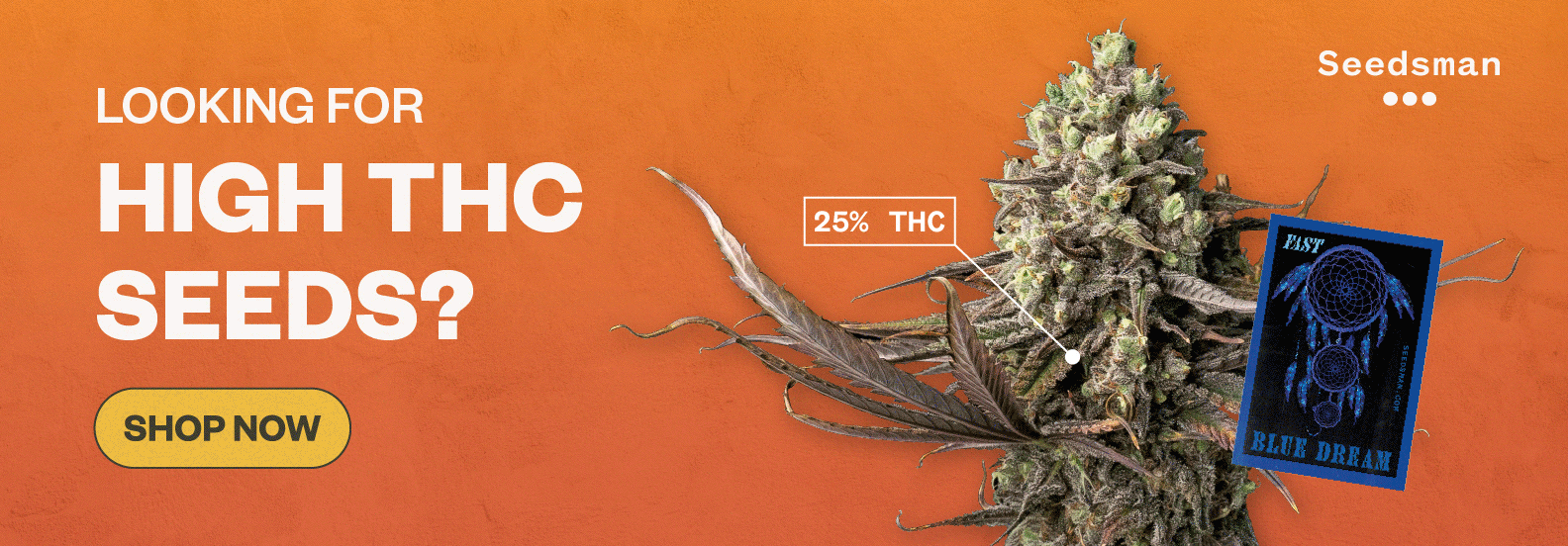


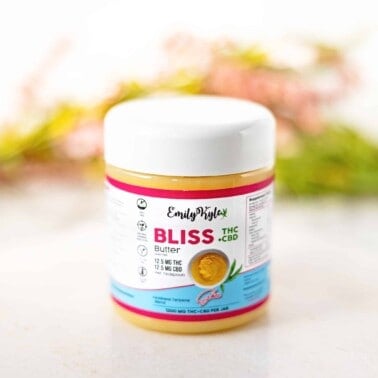
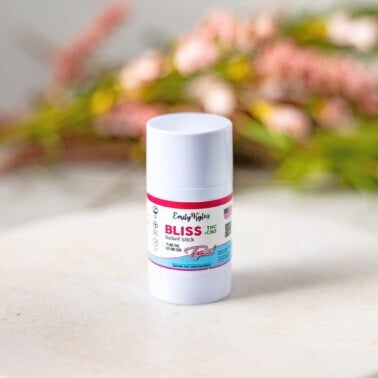
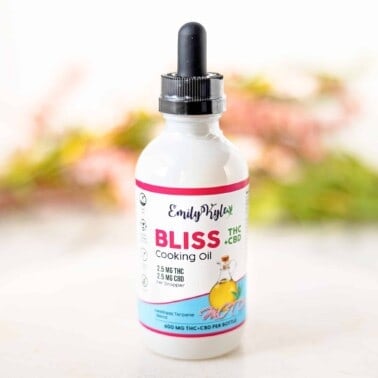


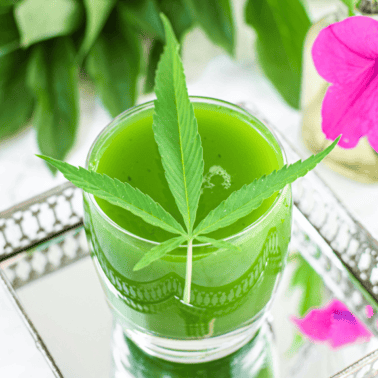










Em,
Thank you so very much for learning more while in CO. You’re extremely easy to listen to and I appreciate your hard work! Thank you for sharing your knowledge and experiences.
Thank you for your kind words, Annie! We are so happy to hear that you found her insights helpful. We appreciate your support!
Hello, I am in pain constantly and I would love to try your product!
Hi Catherine! I’m really sorry to hear that you’re in constant pain, but we have a range of items that may help. I highly recommend checking out our online shop, https://shop.emilykylenutrition.com/. Feel free to reach out with any questions. Sending healing vibes your way!
Thank you for offering hope and the very real possibility that the proper Canabis and solid research you and many other highly qualified scientists has been made available for the benefit of all who are looking for the right counsel for the highly individualized characteristics and widely varying results related to strain, dosage, tolerance etc.
My journey began in 2016 with a Fl. Medical card and not a lot of in-depth information except start low go slow and figure it out.
I have come from near death to life and approaching life with a very different perspective.
I chose to pursue health and wellness as well as my own chronic symptom’s from a wholistic approach while following my state’s law and the guidance from my doctor.
Now publicatations that are exemplary and effective yours being one of the best.
Thank you for sharing your journey, Craig! Your success story underscores the importance of personalized, informed approaches to health care, including the use of cannabis. We’re thrilled that our guides and articles have been a valuable resource for you. Thank you for your trust and support. Here’s to your continued health and wellness!
I have truly been wanting to try cannibus for all my chronic pain. I believe if I can find the right people or person that truly knows what they are doing i will find a true pain reliever. Thank you
Hi Debra. Cannabis is a wonderful potential solution for your chronic pain and we hope to help make your journey a little bit easier!